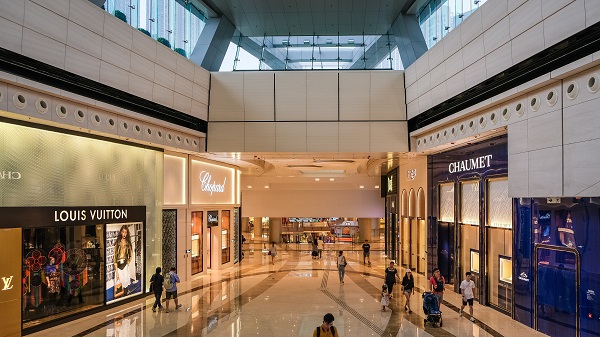
3 Ways Retailers Can Repurpose Physical Shops In The New Normal
The COVID-19 pandemic has affected many businesses and brought unprecedented downturns to the worldwide economy. Due to lockdown measures and health safety protocols, many retailers were forced to think twice about the role of physical stores or brick-and-mortar shops.
Physical shops are the ones that took a huge hit when the pandemic started. People are restricted from going out and with fewer crowds, which means less traffic and revenues for stores. On top of that, rent and operational expenses still have to be paid. Businesses that cannot keep up with the costs were forced to close down or lay off most of their workforce.
While many businesses easily shifted and adapted to online retailing, some are simply shifting the way they look at and make use of brick-and-mortar stores. In sum, here are three ways how retailers can repurpose the role of physical stores in the new normal.
1. Complements The Shopping Experience
Traditionally, brick-and-mortar stores are seen as distribution venues for products. However, since the pandemic has restricted movements and limits foot traffic, retailers are now seeing physical stores as a channel for customer acquisition.
Brands found a way to complement the online shopping experience with digital human interaction through their brick-and-mortar store. While shoppers can still browse and shop for products online, they also have the option to connect with in-store personnel who can help assist them with certain products or reserve them for later.
This actually works for many customers who still yearn for human interaction in their shopping experience, and are more comfortable checking and verifying the products with qualified personnel.
2. Repurposing Into Fulfillment Centers
For retailers that really need to cut on overhead costs and expenses, repurposing physical stores into fulfillment centers or mini distribution hubs is a better option. Since people can now place their orders online, stores can maximize more of their space as a stock room and just ship out orders within a certain area. This is a win-win because businesses can fulfill and ship orders within a short period, and customers can enjoy a fast and efficient shopping experience.
However, repurposing brick-and-mortar stores into fulfillment centers will entail retraining staff and changing business processes. While brands can retain a smaller pool of in-store employees, more staff, tools, and systems need to be invested in logistics and courier services.
3. Converting to Pop-Up Stores
Pop-up stores are also gaining traction among businesses in the time of COVID. They cost less than renting physical stores, and it can be relocated to places that can be nearer to shoppers. Aside from that, it’s a great way to increase brand awareness or recognition. It also allows brands to connect and engage with customers on a more personal level.
However, for pop-up stores to be safe, more effort should be done into implementing no-touch trials and contactless shopping. This is yet another expense or investment that retailers have to be prepared for.
It’s understandable that some businesses are still having second thoughts about maintaining or repurposing their physical stores because many are still hoping that things will go back to normal—eventually. However, it cannot be denied that consumers’ shopping habits are changing, and it is more likely that shoppers will prefer online and contactless shopping, even after the pandemic.
Click here to sign up for our FREE 10-day Online Recruiting Bootcamp
P.S:
Be sure to join our Facebook Page and subscribe to our YouTube channel.
 Email: globalone2one@gmail.com
Email: globalone2one@gmail.com